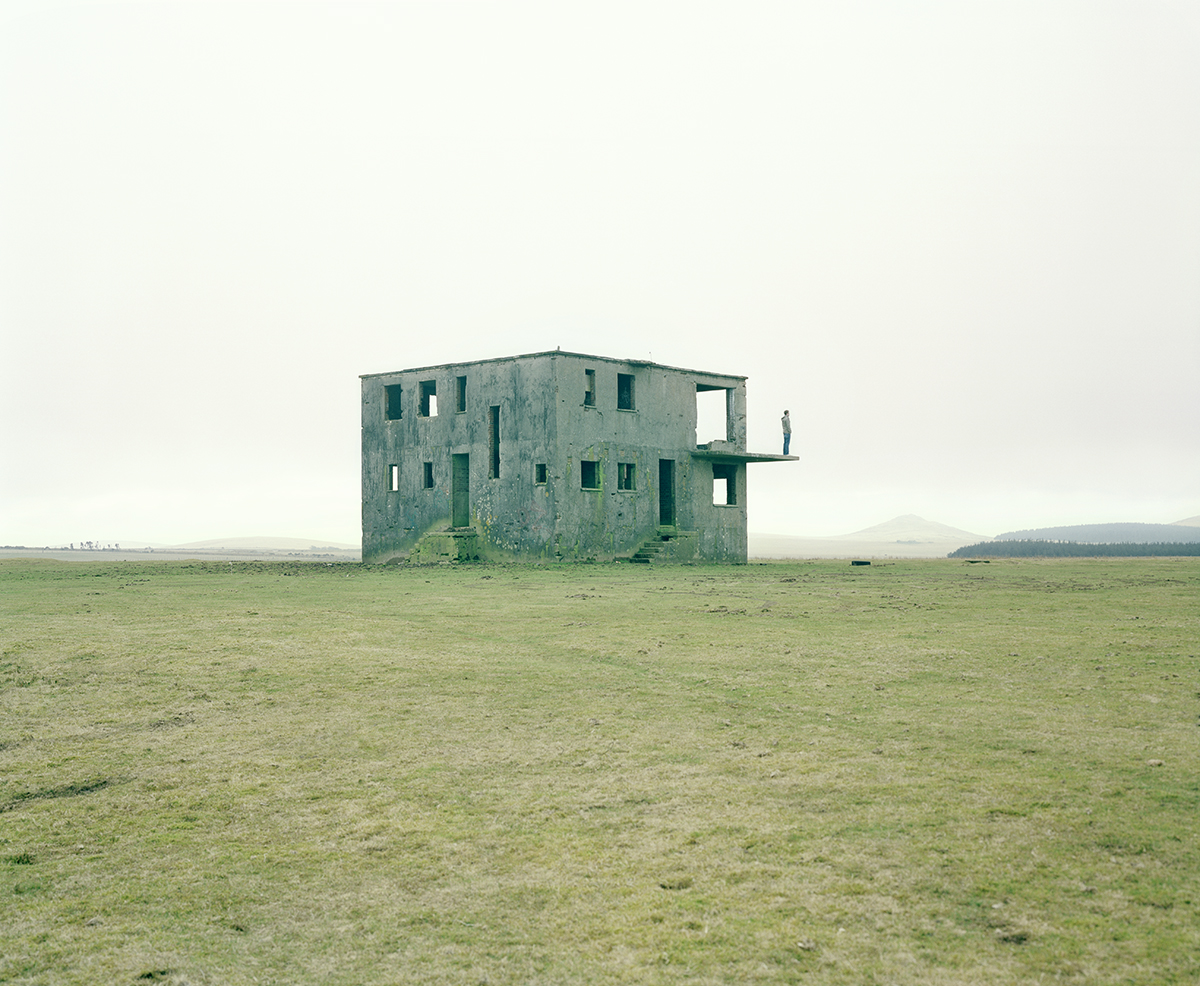Spencer was born in 1978 and grew up in the Kentish countryside. Raised in relative isolation, miles from the nearest shop or school, Spencer often found himself with only his imagination for company and the surrounding woodland as his playground. It was a combination of this imagination and an early discovery of his mother’s back issues of Life and National Geographic that sparked an early enthusiasm for photography at the age of 11. As a result, his parents bought him his first camera and photography quickly became a channel for his creativity. Spencer now lives and works in London, dividing his time between creating his own artwork and taking on photographic commissions. He has contributed to many magazines, including The Guardian Weekend, The Telegraph Magazine, Time, Monocle and Wallpaper. His portraits have also appeared in such publications as Rolling Stone Magazine, GQ and Dazed and Confused. He has exhibited throughout Europe and North America and was named as one of the Hyeres Festival’s emerging photographers of 2008. He has also been included in the National Portrait Gallery’s Taylor Wessing Portrait Prize exhibition 7 times between 2006 and 2013 and in 2013 was announced as the overall winner. His work is now held in the NPG’s Permanent Collection. Today we share Spencer’s series titled The Abyss Gazes Into You.




The Abyss Gazes Into You
“And if you gaze for long into an abyss, the abyss gazes also into you.” – Friedrich Nietzsche, Beyond Good and Evil
“In my years as a photographer I’ve taken certain pictures in which I’ve recognised a reflection of something inside myself – a feeling of both being trapped and floating endlessly in time and space, a mixture of hope and despair, desolation and beauty. The sense, perhaps, of what it is to live a finite life in an infinite universe.
Unknowingly, I have always hoped to record this dichotomy with my camera since my early interactions with photography. I grew up in an isolated corner of the Kentish countryside with only my imagination and the surrounding woodland for company, and soon found myself rising at dawn to capture a certain trick of the sunrise, a play of light on the forest floor, desperately hoping that when the pictures were developed they would turn out to have captured something of the immense beauty and sadness that deep down I felt life lent to the natural world.




Sometimes the pictures were successful, other times less so. As the years passed I learned through necessity to begin turning my fascination with photography into a career, but I never completely let go of my childhood belief in a world behind this one, hidden by a veil that every now and again slipped to reveal the infinite to those willing to look. And occasionally I would find myself looking at pictures – some of them landscapes, some of them portraits – and feel that same sensation I’d known as a child exploring the woods.
These are those pictures. Largely unrelated though they may be, each captures something of what the Swiss art historian Beat Wyss, in his discussion of Caspar David Friedrich’s The Monk By The Sea, called ‘the defenceless, top-speed collision between the ego and the cosmos’. Largely rooted in the principles of Romanticism, they speak of my emotion and reaction when confronted by the magnitude of nature.
They are pictures about me, that no matter how extraordinary or mundane, to me, hint at the unfathomable scale of life and the universe. They are instances in which, I have found myself staring once more into the abyss, and the abyss has momentarily returned my gaze.”







To view more of Spencer’s work please visit his website.